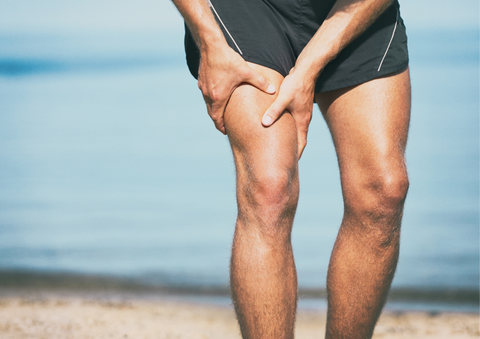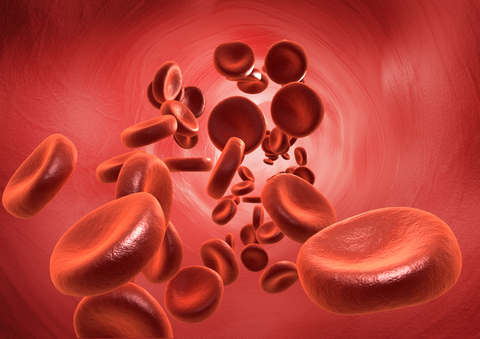If you’ve ever pushed yourself hard in the gym or taken on a new workout, you’ve probably felt that familiar muscle ache the next day.
This soreness, known as DOMS (Delayed Onset Muscle Soreness), is a natural response to exercise, particularly when muscles are challenged in new ways.
While it may be a sign that your muscles are adapting and growing stronger, DOMS can be uncomfortable and make it hard to keep up with your fitness routine.
The good news is that there are several ways to support your body, ease soreness, and recover faster.
In this post, we are going to explore 5 ways to ease post-workout muscle soreness, starting with its causes.
Let's dive in!
What Causes DOMS?
DOMS occurs when small microtears develop in muscle fibers during intense or unfamiliar exercise.
Eccentric movements, like lowering weights slowly or running downhill, tend to create the most muscle damage.
These microtears trigger inflammation and activate pain receptors, which is why muscles feel stiff, tender, and sometimes weak after a workout.
Other contributing factors include lack of proper warm-up, dehydration, and insufficient recovery time between sessions.
5 Ways to Support Post-Exercise Muscle Soreness
1. Take a Nitric Oxide Powder
Nitric oxide supplements increase blood flow to your muscles, delivering more oxygen and essential nutrients to damaged tissue.
Ingredients like beetroot extract help improve circulation, which can reduce inflammation and speed up recovery.
By supporting nutrient delivery and waste removal, nitric oxide powders help your muscles repair faster and reduce the intensity of soreness.
We created Nitrox 40 with the intention of helping support your muscles before, during, and after exercise.
By boosting your body’s natural nitric oxide production, Nitrox 40 helps improve blood flow, delivering oxygen and nutrients right where your muscles need them most.
This enhanced circulation supports recovery, reduces post-workout soreness, and helps you maintain endurance and stamina.
Simply take a scoop per day and you're good to go!
|
2. Stretching and Light Movement
Gentle stretching and low-intensity movement keep blood flowing through sore muscles, which helps flush out lactic acid and other metabolic waste.
Activities like yoga, walking, or easy cycling can reduce stiffness and maintain flexibility.
Stretching also helps prevent muscles from shortening and becoming tight, which can worsen soreness.
Incorporating light movement after exercise allows your muscles to stay active without adding additional stress.
3. Magnesium for Muscle Relaxation
Magnesium plays a key role in muscle contraction and relaxation.
Topical magnesium gels or oral supplements can help relieve tightness, reduce cramping, and support faster recovery.
Using magnesium regularly may also reduce the risk of future muscle soreness by helping muscles function properly.
Many people find that combining magnesium with a warm bath or light stretching maximizes its soothing effects.
4. Protein-Rich Meals
Protein is essential for repairing microtears in muscles caused by intense exercise.
Eating lean meats, eggs, dairy, or plant-based protein sources within a few hours post-workout ensures your body has the building blocks it needs to recover efficiently.
Protein also helps maintain muscle mass while reducing inflammation, which can help decrease soreness.
Pairing protein with carbohydrates can further enhance nutrient absorption and recovery.
5. Adequate Sleep and Rest
Sleep is when your body does the majority of its repair and recovery work.
Quality sleep supports muscle repair, reduces inflammation, and restores energy for future workouts.
During deep sleep, the body releases growth hormone, which is critical for rebuilding and strengthening muscle tissue.
Prioritizing rest days between intense workouts also prevents overtraining and allows your body to adapt and grow stronger.
Ease Muscle Soreness
While post-exercise muscle soreness is a normal part of getting stronger, you don’t have to suffer through it.
By incorporating nitric oxide supplementation, light movement, magnesium, protein-rich meals, and sufficient sleep into your routine, you can support recovery, reduce discomfort, and get back to your workouts faster.
With the right strategies, soreness becomes a signal of progress rather than a roadblock.
Thank you for reading!



